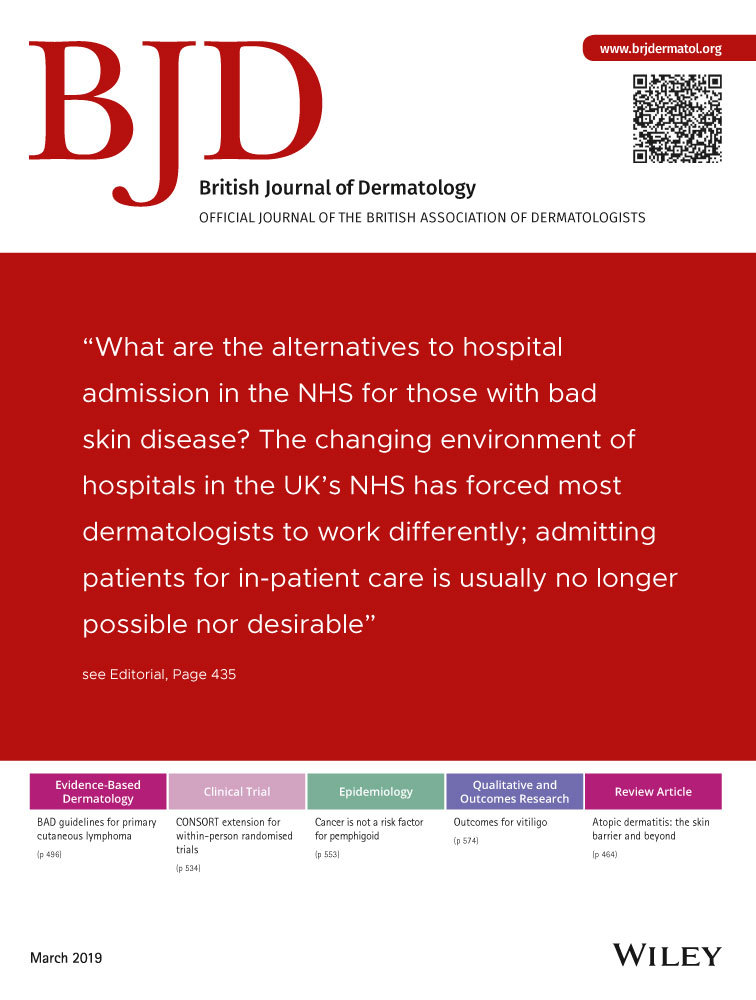A minimally invasive tool to study immune response and skin barrier in children with atopic dermatitis
Plain language summary available online
Summary
Background
Atopic dermatitis (AD) affects children of all skin types. Most research has focused on light skin types. Studies investigating biomarkers in people with AD with dark skin types are lacking.
Objectives
To explore skin barrier and immune response biomarkers in stratum corneum (SC) tape strips from children with AD with different skin types.
Methods
Tape strips were collected from lesional and nonlesional forearm skin of 53 children with AD and 50 controls. We analysed 28 immunomodulatory mediators, and natural moisturizing factors (NMF) and corneocyte morphology.
Results
Interleukin (IL)-1β, IL-18, C-X-C motif chemokine (CXCL) 8 (CXCL8), C-C motif chemokine ligand (CCL) 22 (CCL22), CCL17, CXCL10 and CCL2 were significantly higher (P < 0·05) in lesional AD skin compared with nonlesional AD skin; the opposite trend was seen for IL-1α. CXCL8, CCL2 and CCL17 showed an association with objective SCORing Atopic Dermatitis score. NMF levels showed a gradual decrease from healthy skin to nonlesional and lesional AD skin. This gradual decreasing pattern was observed in skin type II but not in skin type VI. Skin type VI showed higher NMF levels in both nonlesional and lesional AD skin than skin type II. Corneocyte morphology was significantly different in lesional AD skin compared with nonlesional AD and healthy skin.
Conclusions
Minimally invasive tape-stripping is suitable for the determination of many inflammatory mediators and skin barrier biomarkers in children with AD. This study shows differences between children with AD with skin type II and skin type VI in NMF levels, suggesting that some aspects of pathophysiological mechanisms may differ in AD children with light versus dark skin types.




